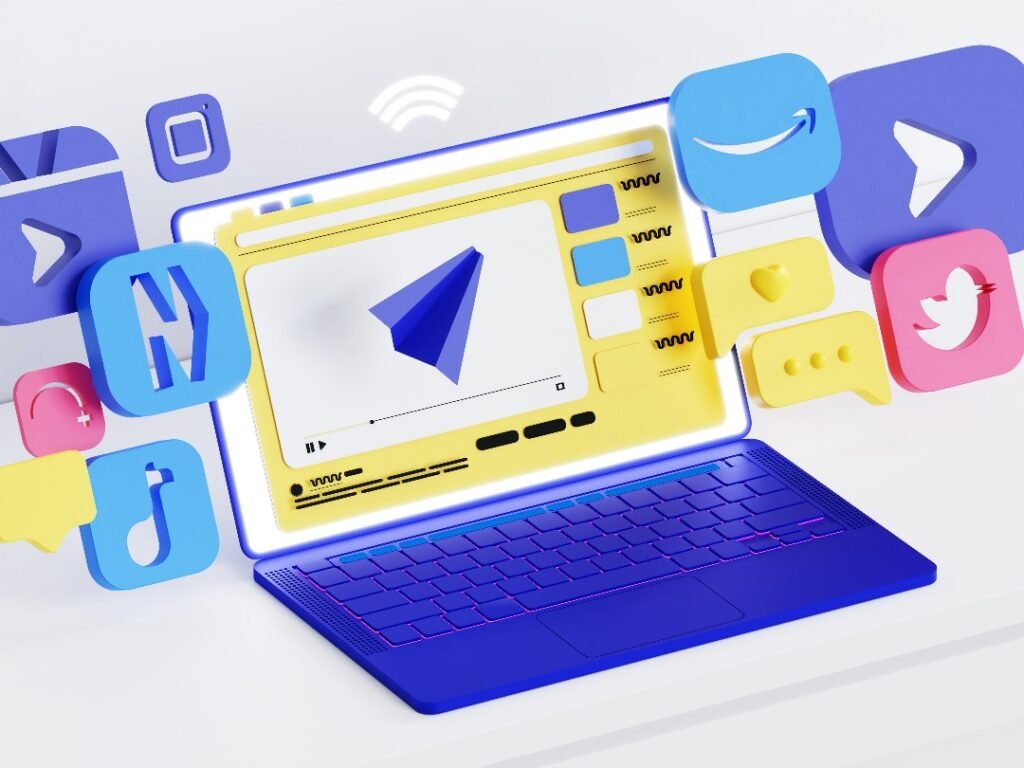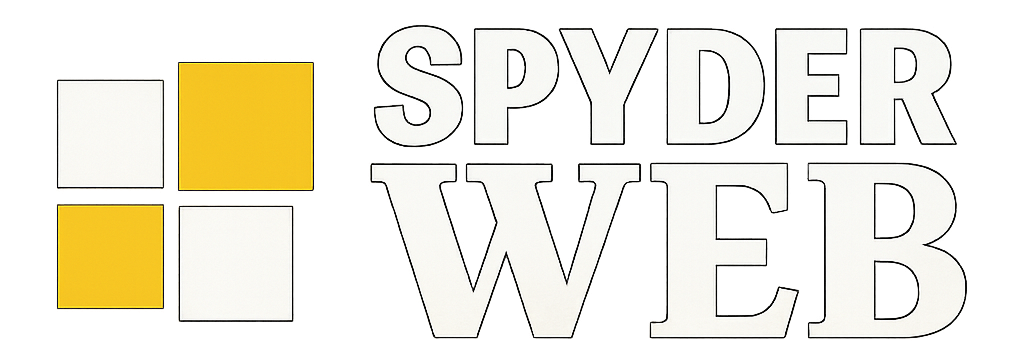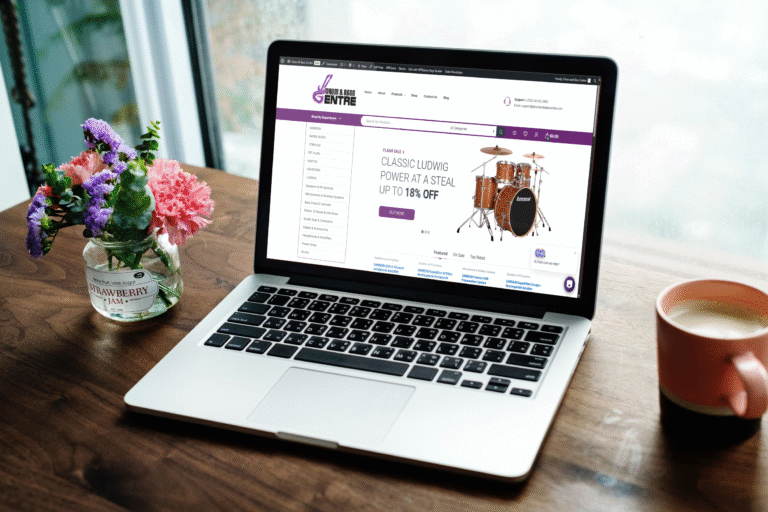
2025 is revolutionizing the way brands engage users and present their identities online. In a digital world that evolves rapidly, staying ahead of web design trends is no longer optional, it’s necessary for businesses that want to remain relevant, appealing, and competitive. From immersive interfaces to performance-boosting aesthetics, web design in 2025 is all about delivering meaningful user experiences.
Whether you’re building a new website or updating an existing one, understanding the top web design trends dominating 2025 will give you a competitive edge. These trends not only affect how your website looks but also influence how users interact with your content and how search engines rank your site. This year’s trends are driven by the needs of real users, advancements in technology, and the demand for accessibility and performance.
Top 5 Web Design Trends Dominating 2025
1. Minimalism with Bold Typography
Minimalist design remains a staple in 2025, but it’s evolving. Designers are pairing clean layouts with bold, expressive typography to add personality without clutter. This balance draws immediate attention to key messages, improves readability, and enhances the user’s focus on what matters most.
In this trend, oversized headlines, custom typefaces, and high-contrast fonts dominate. Instead of relying on heavy imagery, websites now use striking typography as a visual centerpiece. This approach reduces cognitive load and supports faster decision-making, especially on mobile devices where screen space is limited.
2. Dark Mode and Soft Gradients
Dark mode has grown from a user preference to a mainstream design standard. In 2025, many websites offer a full dark mode experience, appreciated for its elegance and reduced eye strain, particularly in low-light settings.

To elevate dark backgrounds, designers are layering in soft gradients, subtle lighting effects, and glowing elements. These not only add depth and sophistication but also guide the user’s attention across the page. When executed well, dark mode sites feel immersive, futuristic, and highly polished.
3. Micro-Interactions and Scroll Animations
Micro-interactions are small design elements that react to user behavior, like buttons changing on hover or icons animating after a click. These subtle cues give users feedback, making the interface feel alive and responsive.
Alongside micro-interactions, scroll-triggered animations and parallax effects are gaining popularity. They help guide users through a website’s narrative and make the browsing experience more dynamic and memorable. These motion effects must be intentional and lightweight, enhancing the experience without distracting or slowing the page down.
4. 3D Visuals and Augmented Reality (AR) Integration
With better browser capabilities and faster loading speeds, 3D design is more accessible than ever. Websites now feature interactive 3D product models, layered illustrations, and spatial elements that offer users immersive experiences.

AR integration takes this further. In industries like fashion, real estate, and furniture, users can now “place” products in real-world environments through their devices. This blend of technology and design enhances decision-making and keeps users engaged longer on the site.
5. Accessibility-First Design
Accessibility is front and center in 2025. Design is no longer just about beauty, it’s about usability for everyone, regardless of ability. Websites are being developed with high color contrast, keyboard navigation, screen reader compatibility, and semantic HTML to meet WCAG standards.
An accessibility-first approach improves not just inclusivity but also SEO and overall performance. Search engines reward accessible sites with better rankings, and users reward them with longer sessions and increased trust. It’s a win-win that demonstrates both technical proficiency and social responsibility.
Conclusion
The top web design trends dominating 2025 reflect a shift toward user-centric, technologically enhanced, and visually engaging digital experiences. These trends are not fleeting fads; they represent meaningful improvements to how users interact with websites and how brands present themselves online.
Whether you’re launching a new business or refreshing an old website, now is the perfect time to incorporate the web design trends dominating 2025 into your strategy.
Disclaimer: This article was generated with AI. While we ensure accuracy, we recommend verifying critical information independently.



I like the efforts you have put in this, regards for all the great content.
For the reason that the admin of this site is working, no uncertainty very quickly it will be renowned, due to its quality contents.